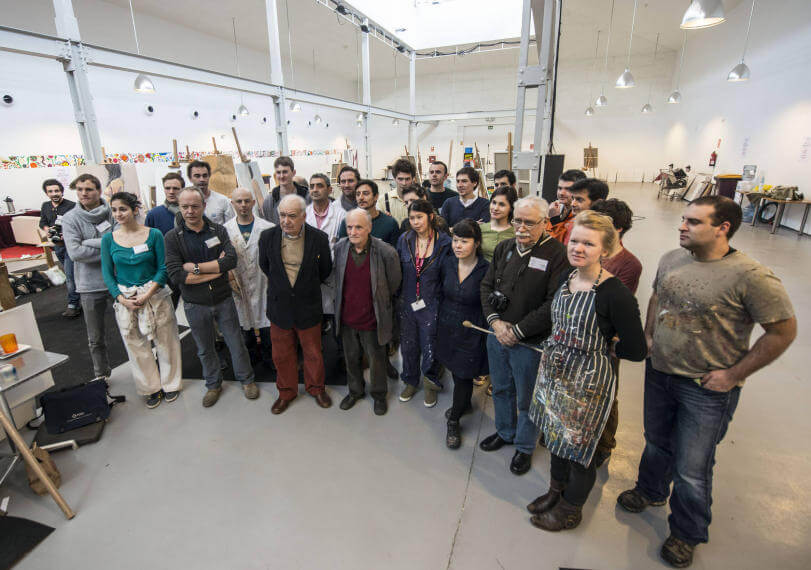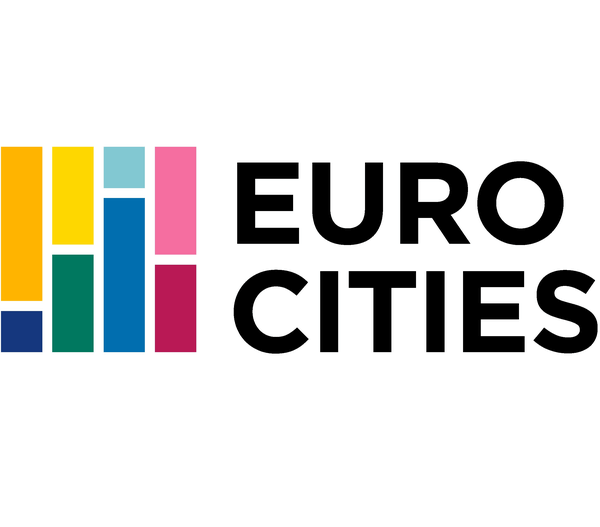City
Valladolid
Main actors
City Government, Private Sector, Community / Citizen Group, other
Project area
other
Duration
2012 - 2021
Networking creative cities
CreArt is a network of 12 European cities seeking to foster artistic creativity through training, exchange and promotion of emerging visual artists. This multinational project, led by Valladolid Municipal Foundation for Culture, aims to enhance the lives of artists and citizens in similarly sized cities. By increasing the transnational mobility and visibility of artists and strengthening cultural management skills, CreArt is boosting the economic, social and cultural contribution of the arts in participating cities.
Eurocities Awards
This project was shortlisted for the 'Eurocities Awards' in 2018 in the following category: Cooperation.
External links / documents
On Map
The Map will be displayed after accepting cookie policy




